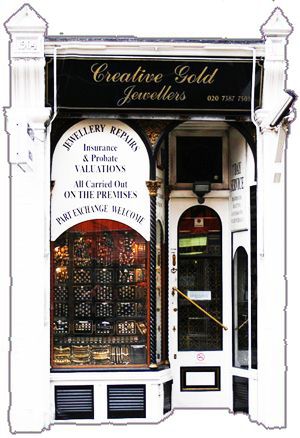


|

|
|
A good craftsman takes pride in his ability to construct a piece of jewellery just from sheet and wire with basic hand tools and a blow torch for soldering. For centuries this was the only option open to him other than casting and in certain designs it is still the obvious way to go. The finest Jewellery is always hand made and is valued much higher because of it.  
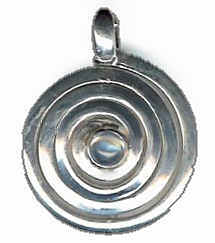 Nameplate necklaces and mounts for customer's stones that are not convention sizes are always hand made. But customers need to understand that hand made jewellery is very labour intensive and wasteful of materials and with the high cost of gold and labour billed at £30 an hour, a hand made piece of jewellery is going to cost a lot more than a mass produced item.  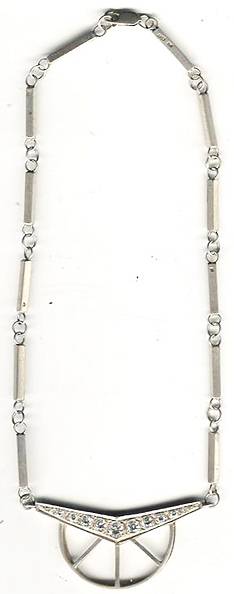
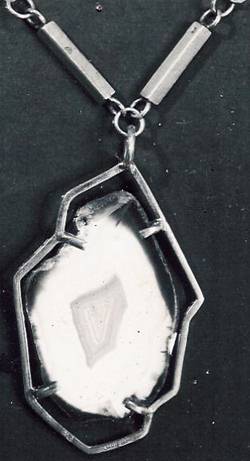  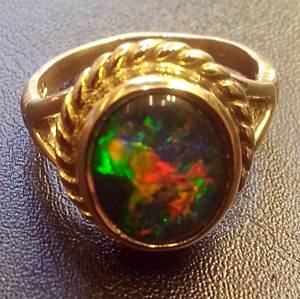
There are certain short cuts that are now available that can make a new piece more cost effective to make. Jewellery wholesalers produce blanks of all the most popular designs of ring shanks and collets etc that can be modified to fit 90% of most customers requirements and are a considerable saving on making the same items by hand. A catalogue of available blank designs is always on hand. One of the things a jeweller is asked to do is to make a copy of an existing object. If that object is solid enough and no stones are set in it the most economical way to produce a copy is by lost wax CASTING. An impression of a metal object can be captured by placing it in unvulcanised rubber. Heat and pressure is then applied via a press. On cooling the orginal item is cut out of the mould and returned unharmed to the customer. If the item had stones they have to be removed then replaced when the mould was completed. With this mould it is now possible to make wax impressions of the original by squirting in liquid wax and letting it cool. The waxes are slightly smaller and have slightly less detail then the original piece. The best waxes are then set up on a wax casting tree which is then placed in a cylindrical flask and is covered with a solution made from investment powder. When the investment has hardened it can be placed in a heated kiln to burn out the wax leaving a space that was occupied by the original design. Metal is then melted in a furnace and when sufficiently liquid is poured into the flask to occupy the spaces that were originally in wax form. When the metal has cooled it is removed from the flask and the cast items are removed from the tree to be hand finished and polished. This is an extremely cost effective way of producing jewellery which has been practiced since the Egyptian Dynasties and is the principle way that Creative Gold manufactures its jewellery for sale to the general public. Creative Gold has over 450 different design moulds ready for a customer to choose from, however if this is not adequate, a new mould can be made from the customers orginal design. Moulds cost from £40 upwards depending on size. They can be used again and again providing they are stored in the correct manner we therefore suggest that you let us store them for you. A mould having being made, the design can be cast in all four different carats of gold, in silver and even in brass. Because of the small size of the shop and the need for adequate ventilation all casting is contracted out with the spurring of the master and the hand finishing of the castings completed on site. Another cost effective way of making a design with symmetrical features is to use a C A D wax prototyping machine in conjunction with a computer running Rhino software. This designs the object in three dimensions and then accurately models it drop by drop in liquid wax. Although this is equipment is extremely expensive to use it offers significant cost benefits over hand made jewellery and can produced perfect designs that would be impossible in any other way. Customers can save costs by carrying out the initial design work on their own computer and giving us the data on a memory stick. What ever your requirements Creative Gold is happy to undertake your commission and will always suggest the most cost effective way of producing a particular item. |